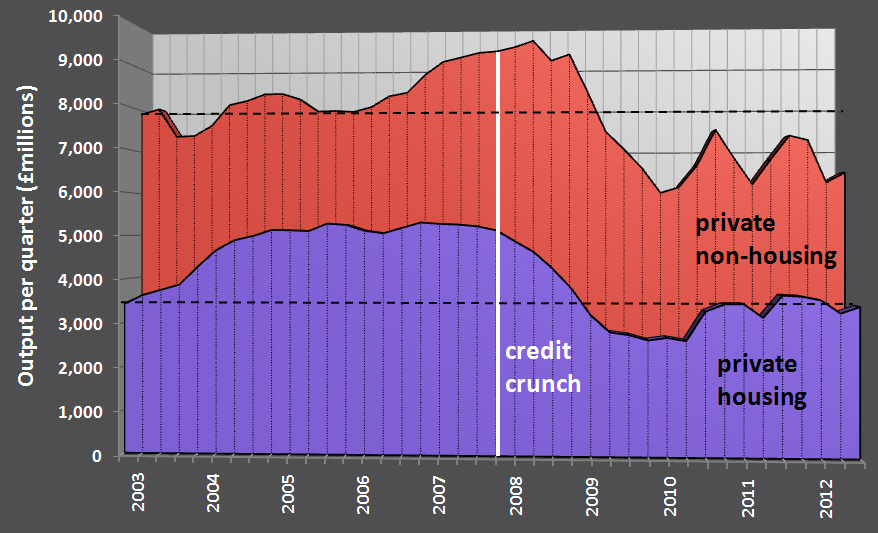Credit crunch
A credit crunch (or credit squeeze or credit crisis) is an economic state characterised mainly by a sharp drop in confidence and a lack of credit (or loans). At such times, usually brought on by a shortage of funds, financial organisations are less willing to lend money which can lead to a rapid economic slowdown. At any official rate of interest, credit becomes less available than it was previously.
Credit crunches frequently occur at the tail end of a recession and can also follow periods in which lenders are overly keen, even careless, when estimating customers’ creditworthiness. When such bad debts cannot be paid, losses are suffered by lending institutions and investors. Typically, such times will see lenders and investors retreating to less risky investments such as gold, silver and other precious metals.
The opposite of a credit crunch is ‘easy credit’ (or easy money or loose credit). These conditions usually involve easy-to-get, inexpensive loans that are a result of low interest rates for borrowers and relaxed lending policies by banks.
The term 'credit crunch' in the UK has become synonymous with the period following the 2007 financial crisis which followed a collapse in the sub-prime lending marked in the USA. A number of financial institutions had to be bailed out by governments, and the resulting debt, loss of confidence and withdrawal of credit dragged economies worldwide into recession.
The construction industry was particularly badly affected as finance became unavailable, investment was canceled and projects stalled.

|
| Private sector housing and non-housing. Output/quarter (£millions 2005 prices) in Great Britain |
[edit] Related articles on Designing Buildings Wiki
Featured articles and news
One of the most impressive Victorian architects. Book review.
RTPI leader to become new CIOB Chief Executive Officer
Dr Victoria Hills MRTPI, FICE to take over after Caroline Gumble’s departure.
Social and affordable housing, a long term plan for delivery
The “Delivering a Decade of Renewal for Social and Affordable Housing” strategy sets out future path.
A change to adoptive architecture
Effects of global weather warming on architectural detailing, material choice and human interaction.
The proposed publicly owned and backed subsidiary of Homes England, to facilitate new homes.
How big is the problem and what can we do to mitigate the effects?
Overheating guidance and tools for building designers
A number of cool guides to help with the heat.
The UK's Modern Industrial Strategy: A 10 year plan
Previous consultation criticism, current key elements and general support with some persisting reservations.
Building Safety Regulator reforms
New roles, new staff and a new fast track service pave the way for a single construction regulator.
Architectural Technologist CPDs and Communications
CIAT CPD… and how you can do it!
Cooling centres and cool spaces
Managing extreme heat in cities by directing the public to places for heat stress relief and water sources.
Winter gardens: A brief history and warm variations
Extending the season with glass in different forms and terms.
Restoring Great Yarmouth's Winter Gardens
Transforming one of the least sustainable constructions imaginable.
Construction Skills Mission Board launch sector drive
Newly formed government and industry collaboration set strategy for recruiting an additional 100,000 construction workers a year.
New Architects Code comes into effect in September 2025
ARB Architects Code of Conduct and Practice available with ongoing consultation regarding guidance.
Welsh Skills Body (Medr) launches ambitious plan
The new skills body brings together funding and regulation of tertiary education and research for the devolved nation.
Paul Gandy FCIOB announced as next CIOB President
Former Tilbury Douglas CEO takes helm.






















